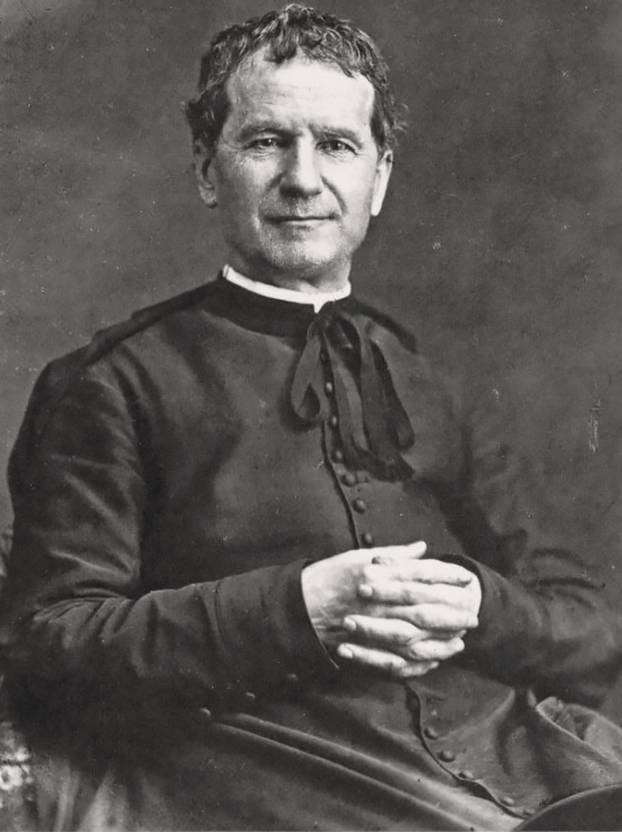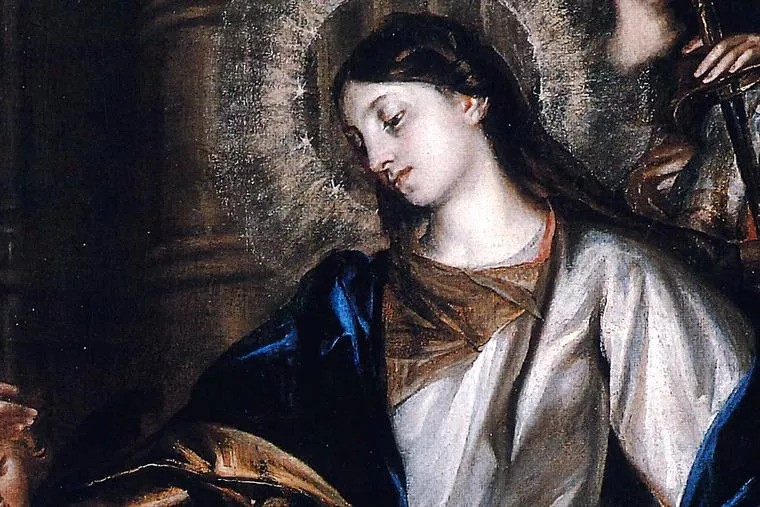Blessed Schuster’s Daily Thoughts on the Rule: Thursday after the Fourth Sunday of Lent
Thursday after the 4th Sunday of Lent
Station at St Martin ai monti
The Resurrection of the Son of the Widow of Naim
1. The Station is on the Esquiline, at the Titulus of Equitius, later become the church of St Martin. The Gospel reading describes the resurrection of the son of the widow of Naim.
That poor widow who followed, weeping, the bier of her young son symbolises the Ecclesia Mater, who weeps for the spiritual death of her children.
The pitiless grave-diggers, without taking account of her tears, have taken the body from the house, and now carry it outside the village, to the place of burial. They represent the capital vices, of which it is written: Sepulchrum patens est guttur eorum. (Ps 5:11: ‘A wide open grave is their mouth.’)
Saint Benedict orders us to drive far away from us at once these dismal bearers of death, together with their stretcher.
Qui malignum diabolum aliqua suadentem sibi cum ipsa suasione sua a conspectibus cordis sui respuens, deduxit ad nihilum, et parvulos cogitatus eius tenuit et allidit ad Christum. (Rule, Prologue: ‘He who, when incited by the malignant demon to commit some fault, drove him away from his heart together with his same temptation, and rendered vain his aims. He seized and smashed on the rock of Christi his evil thoughts.’)
Do not stand there untying the knot, Saint Catherine of Siena once wrote to a friend of hers. Do not stand there untying the knot; one must cut it right away.
***
2. No one has compassion on the poor mother, except the Most Holy Virgin’s Son, Who, misericordia motus [moved by mercy] makes the pitiless gravediggers stop.
God alone can speak and convert souls, while the most we can do is cooperate with Him externally. Jesus shakes the dead man by the arm, as if to stir him from a deep sleep. ‘Hey, young man! I say to you, get up.’
The deceased then opens his eyes, rubs his eyelids a bit, recognises the Divine Saviour, and at His order, casts himself in the arms of his grief-stricken mother, who changes the tears of sorrow into tears of overflowing emotion.
At Monte Cassino this Gospel scene was one day renewed, when Saint Benedict, at the threshold of the monastery, raised up the son of a poor peasant.
That threshold and that door still exist, and an altar is erected there in memory of the miracle.
Often the Saints can repeat with Paul: ‘My life is Christ.’ What marvel is it then, if, by praying, they too can transfuse life into others?

Be careful, however, Don Bosco warns you, not to let the desire to work miracles come upon you; taking away the cross of sickness from the others you take also that burden of sufferings upon yourself.
In general, the Miracle-Worker Saints lead a very penitent life.
***
3. Jesus listens especially to the prayer of His Church who intercedes for sinners.
Thus Saint Ambrose explains: If you dread the divine justice on account of the heavy weight of your sins, and you wish to place a mediator between you and the judge, take as advocate the Church.
When the Divine Spouse sees her cheeks bathed with tears, He will certainly be moved and hasten to tell her: Noli flere [Do not weep].
We should therefore nourish a great faith and a great respect for the prayers of the Church, as did Saint Benedict, who prescribed that even the mortifications and austerities of the monk should be sanctified by the prayer of the Abbot.
For this very same reason, it is the Abbot, as Christ’s Vicar,1 who morning and evening chants the Lord’s Prayer in choir as the general pardon for the daily faults. (Rule, Ch. 13)
1While the phrase ‘Vicar of Christ’ is most commonly associated with the Roman Pontiff, it can refer to others who by virtue of their office hold the place of Christ in a portion of the Church.—tr.

